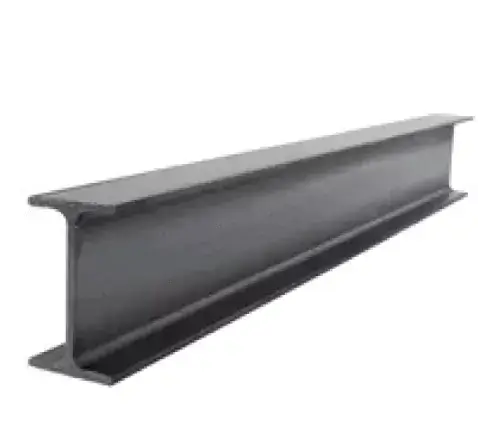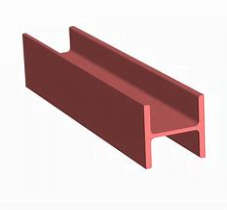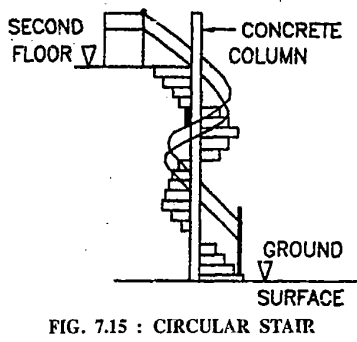Design of Steel Beams Chapter II- summary Notes.
Design of Steel Beams summary Notes Sample pdf Document
[embedpress_pdf]https://445universityofmindanaostudypdfilesunipeppa.s3.eu-north-1.amazonaws.com/anomousfiles/CHAPTER+II-+DESIGN+OF+steel+BEAM_Sample+Doc.pdf[/embedpress_pdf]
One of the frequently used structural members is a beam whose main function is to transfer load principally by means
of flexural or bending action.
• In a structural framework, it forms the main horizontal member spanning between adjacent columns or as a secondary member transmitting floor loading to the main beams.
• …
NB, Use these notes in conjunction with concise Eurocodes and the British steel table database.


LATERALLY SUPPORTED BEAM
When the lateral support to the compression flange is adequate, the lateral buckling of the beam is prevented and the section flexural strength of the beam can be developed.
The strength of I-sections depends upon the width to thickness ratio of the compression flange.
When the width to thickness ratio is sufficiently small, the beam can be fully plasticized and reach the plastic moment, such sections are classified as compact sections.
However …
Worked Examples in the pdf.
1. Analysis of a laterally restrained beam (EC 3)
Check the suitability of 356X171X51kg / m UB section in S275 steel loaded by uniformly distributed loading
Gk = 8KN / m and Qk = 6KN / m as shown below. Assume that the beam is fully laterally restrained and that the
beam sits on 100 mm bearings at each end. Ignore self weight of beam.
2. Analysis of a beam restrained at supports (EC 3)
A 305X305X158kg / m U.C section in grade S275 steel is simply supported over a span of 10m. It is loaded by a
uniformly distributed permanent load of 10kN/m inclusive of self-weight and a variable load of 6kN/m as shown
below. It is only laterally and torsionally restrained at supports. Determine whether the steel beam is stable against
lateral torsional buckling using
a) the general case method
b) the method for rolled I-sections.
Full Equipment Notes
Full notes are for “Free account”, “Platinum plan”, “Gold plan”, and “Premium plan” members only.
Login Join Now To View and download document. Full document contains 35 Pages.
Logged In users can still see this message, ignore and proceed to “Download Full Notes”
Other Notes
- Construction equipment lecture notes..
- Pavement Materials-Part 4 Highway Lecture 6(Modified binders)
- Bitumen Highway Notes Lecture 5_Pavement Materials-Part 3.
- Solved: A foundation 4m x 2m, carrying a uniform pressure of 150…
- Solved: A foundation 4m x 42m carries a uniform pressure of 200…
- 5 types of supports and their Characteristics
- 2.0 Revealing Types Of Loads On Structures
- 4+ Elite Masonry Bonding Procedures



